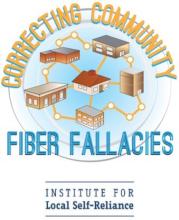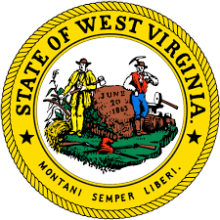Chattanooga Fiber Surpasses Expectations, Offers Lessons - Community Broadband Bits Podcast 257

One of the very many treats at Mountain Connect this year was a keynote from Chattanooga EPB's Director of Fiber Technology, Colman Keane. (Watch it here.) After discussing their remarkable successes, we snagged an interview with him (he was last on the show for episode 175).
We discuss whether or not Chattanooga is an appropriate role model for other cities considering a municipal fiber investment and the general viability of citywide approaches in the current market.
We also get an update on Chattanooga's financials, their enthusiasm on connecting well over 90,000 subscribers, and how the smart grid deployment is creating tremendous value for both the utility and the wider community.
For more about Chattanooga, take a look at our ongoing coverage. We've been following the network and the community since 2009.
This show is 23 minutes long and can be played on this page or via Apple Podcasts or the tool of your choice using this feed.
Transcript below.
We want your feedback and suggestions for the show-please e-mail us or leave a comment below.
Listen to other episodes here or view all episodes in our index. See other podcasts from the Institute for Local Self-Reliance here.
Thanks to Arne Huseby for the music. The song is Warm Duck Shuffle and is licensed under a Creative Commons Attribution (3.0) license.






